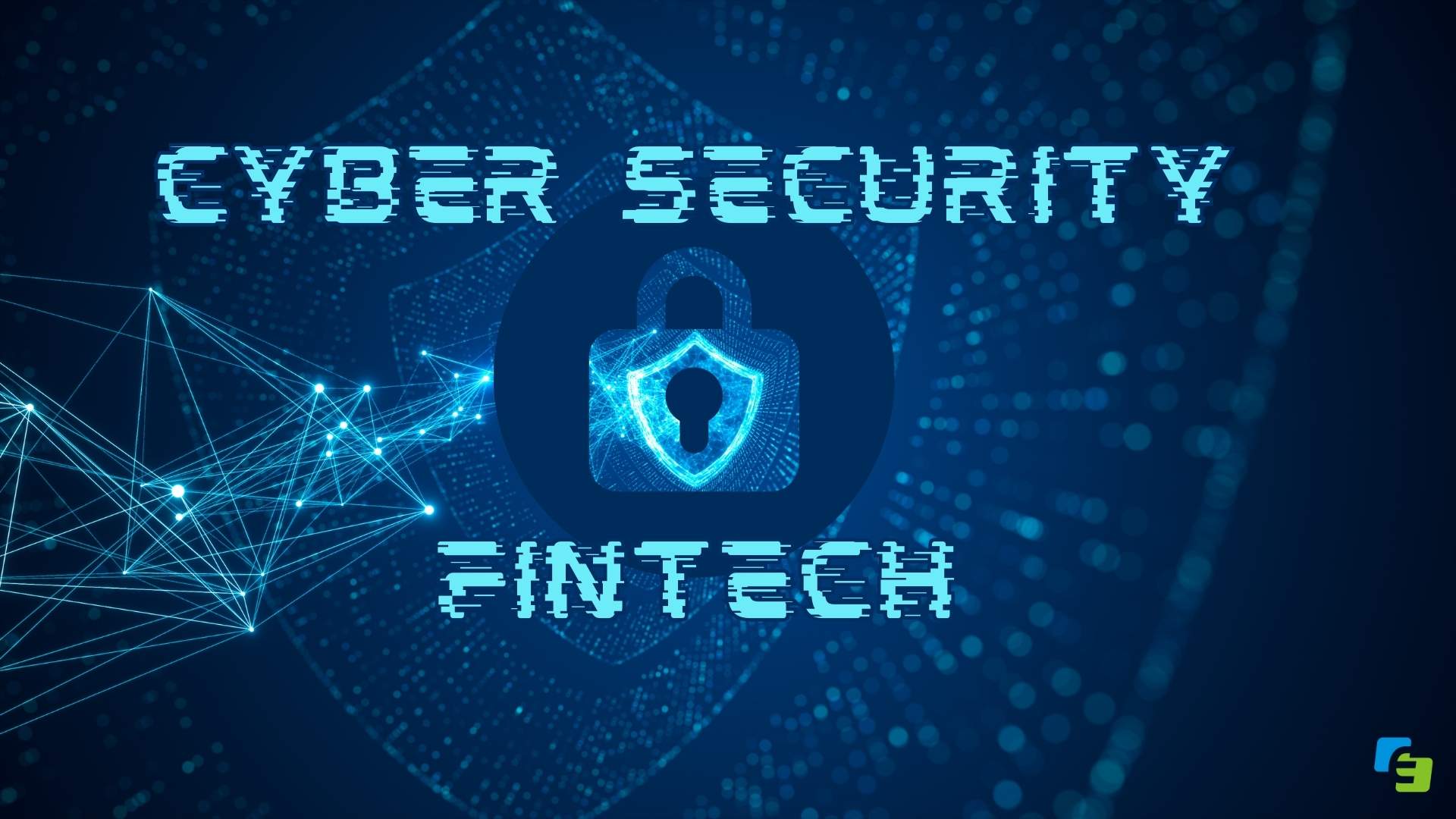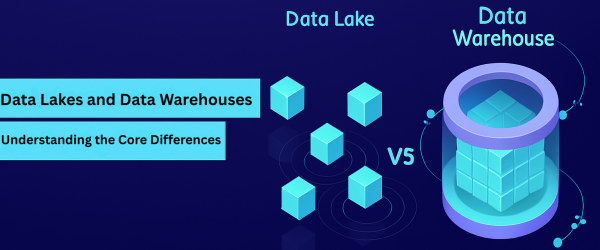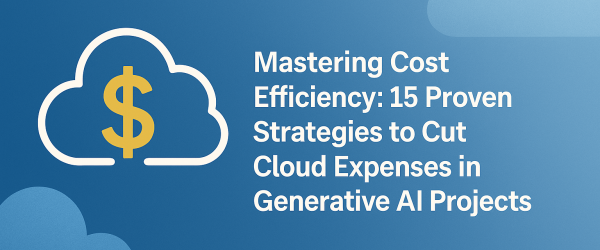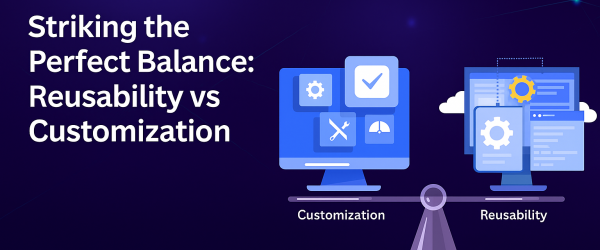Financial technology, or Fintech, has revolutionized the way we handle our money. From mobile banking to digital wallets and peer-to-peer payment platforms, these innovations have made financial transactions easier and more accessible. However, this convenience comes with its own set of risks.
Cybersecurity in Fintech has become a critical concern due to the sensitive nature of financial data involved. The goal of this blog is to explore the best practices that Fintech companies can implement to ensure robust cybersecurity and protect users from potential threats.
Understanding Cybersecurity Risks in Fintech
As Fintech continues to grow, so do the cybersecurity risks. Common threats that Fintech companies face include data breaches, phishing attacks, ransomware, and account takeovers. These risks can lead to significant financial loss, identity theft, and damage to a company’s reputation. According to a report by Accenture, the average cost of a cyberattack in the financial services sector is over $18 million. This staggering figure underscores the importance of implementing strong cybersecurity measures.
Phishing attacks are a particularly widespread threat in the Fintech sector. In a recent study, 76% of businesses reported being victims of phishing attacks. These attacks often involve fraudulent emails designed to trick users into revealing sensitive information. When successful, phishing can lead to unauthorized access to accounts, resulting in significant financial losses for both businesses and users.
Ransomware is another growing threat in the Fintech industry. This malicious software encrypts a company’s data, holding it hostage until a ransom is paid. The costs associated with ransomware attacks can be devastating. A 2023 report by Cybersecurity Ventures estimated that the global cost of ransomware will reach $20 billion by the end of the year. For Fintech companies, this risk requires immediate attention and robust preventive measures.
As Fintech businesses continue to expand their reach and services, understanding and addressing cybersecurity risks is crucial.
Key Components of Cybersecurity in Fintech
Cybersecurity in Fintech is a multi-faceted challenge, requiring a combination of technologies and practices to ensure user protection. In this section, we will discuss the foundational aspects of cybersecurity that are essential for Fintech companies.
Encryption
Encryption plays a critical role in protecting data during transmission and storage. It involves converting sensitive information into a coded format, ensuring that only authorized parties can access it. This is particularly important for Fintech companies, where financial transactions and personal data are frequently exchanged. Strong encryption protocols like AES-256 and TLS are common choices for Fintech platforms, providing robust security for users.
Authentication and Authorization
Authentication and authorization ensure that only authorized users can access sensitive information or perform certain actions. Multi-factor authentication (MFA) has become a standard practice in Fintech, requiring users to verify their identity through multiple means, such as passwords, biometric data, or security tokens. According to a report by Okta, 78% of organizations use MFA for additional security. This extra layer of security helps prevent unauthorized access and reduces the risk of account takeovers.
Secure Software Development
Fintech companies must prioritize secure software development practices to minimize vulnerabilities. This involves secure coding techniques, vulnerability scanning, and regular penetration testing to identify and address potential security gaps. The Open Web Application Security Project (OWASP) has identified the top ten security risks in web applications, serving as a valuable guide for Fintech developers . By adhering to these guidelines, companies can reduce the risk of security breaches due to software vulnerabilities.
Network Security
Network security is another critical component of cybersecurity in Fintech. This involves the implementation of firewalls, intrusion detection/prevention systems, and regular network monitoring. A comprehensive network security strategy helps protect against external threats and unauthorized access to sensitive data. The SANS Institute recommends a multi-layered approach to network security, including perimeter security and internal network segmentation . This approach provides robust protection against cyber threats and reduces the potential impact of security incidents.
Implementing User Prevention Measures
While Fintech companies play a crucial role in ensuring cybersecurity, user education and prevention measures are equally important. This section explores the significance of educating users about cybersecurity risks and implementing technological solutions to enhance user protection.
Importance of User Education
User education is a fundamental aspect of cybersecurity in Fintech. By raising awareness about common threats like phishing, users are better equipped to recognize and avoid potential scams. According to the Anti-Phishing Working Group (APWG), phishing attacks doubled from 2020 to 2022, demonstrating the need for ongoing user education . Fintech companies should provide guidance on recognizing phishing emails, suspicious links, and social engineering tactics.
Strong passwords and password management are other critical areas for user education. A 2023 survey by LastPass found that 59% of users recycle passwords across multiple accounts. Fintech companies can mitigate this risk by encouraging users to create strong, unique passwords and to use password managers to securely store them.
Additionally, safe online behavior and an understanding of privacy are vital for preventing cybersecurity risks. Users should be advised to avoid sharing sensitive information on public platforms and to be cautious when using public Wi-Fi networks. Promoting a culture of cybersecurity awareness can significantly reduce the risk of data breaches and identity theft.
Technological Solutions for User Prevention
In addition to user education, Fintech companies can implement technological solutions to enhance user prevention measures. Multi-Factor Authentication (MFA) is a key security feature that adds an extra layer of protection. A report by Microsoft revealed that MFA can block 99.9% of account compromise attacks, highlighting its effectiveness in safeguarding user accounts.
Biometric authentication is another innovative solution for user protection. By using fingerprints, facial recognition, or iris scans, Fintech companies can ensure secure user authentication. According to Statista, the biometric authentication market is expected to grow to over $24 billion by 2026, indicating the growing adoption of this technology in various industries .
Anomaly detection is a more advanced approach to cybersecurity in Fintech. It involves monitoring user behavior and identifying unusual patterns that might indicate potential threats. This technology can detect unauthorized access attempts and trigger security responses, reducing the risk of account takeovers and fraudulent activities.
With a combination of user education and technological solutions, Fintech companies can create a robust framework for user prevention measures, significantly reducing cybersecurity risks.
Regulatory Compliance and Standards
Regulatory compliance plays a significant role in ensuring cybersecurity in Fintech. Fintech companies must adhere to various regulations and standards that govern data protection, privacy, and security. This section discusses key regulations that Fintech companies must comply with, the benefits of compliance, and the importance of regular audits and security checks.
Key Regulations for Fintech Companies
Fintech companies operate in a heavily regulated environment due to the sensitive nature of financial data. Some of the key regulations that Fintech companies must comply with include:
- General Data Protection Regulation (GDPR): This regulation applies to companies operating in the European Union or handling the data of EU citizens. GDPR emphasizes user consent, data protection, and privacy rights. Non-compliance can result in hefty fines, reaching up to €20 million or 4% of the company’s annual global turnover .
- California Consumer Privacy Act (CCPA): This regulation applies to companies that collect personal data from California residents. It grants consumers the right to know what information is being collected, the right to request deletion of personal data, and the right to opt out of data sales .
- Payment Card Industry Data Security Standard (PCI DSS): This set of standards applies to companies that handle credit card transactions. PCI DSS outlines requirements for secure cardholder data storage, encryption, and access controls to prevent data breaches and fraud .
Compliance with these regulations is not only mandatory but also enhances the credibility of Fintech companies. It demonstrates a commitment to user protection and data security, fostering trust among customers and stakeholders.
The Importance of Regular Audits and Security Checks
To maintain compliance with regulations and ensure robust cybersecurity, Fintech companies must conduct regular audits and security checks. These audits help identify potential vulnerabilities and ensure that security practices meet industry standards.
Regular security checks include vulnerability assessments, penetration testing, and incident response planning. These practices help Fintech companies proactively address security risks and reduce the likelihood of data breaches. Additionally, compliance with industry standards can serve as a competitive advantage, attracting customers who prioritize security and privacy.
Case Studies and Best Practices
To understand how Fintech companies can successfully implement strong cybersecurity measures, let’s explore some case studies and best practices from the industry. These examples demonstrate effective approaches to cybersecurity and offer insights into the outcomes of these efforts.
Case Studies in Fintech Cybersecurity
- PayPal: As a leading Fintech company, PayPal places a strong emphasis on cybersecurity. It uses advanced encryption techniques, multi-factor authentication, and anomaly detection to protect its users’ financial transactions. PayPal’s approach to security has earned it a reputation for safety, with over 430 million active accounts as of 2023.
- Square: This Fintech company focuses on secure software development and regular security audits. Square’s payment processing system is PCI DSS compliant, ensuring the secure handling of credit card information. Square also provides educational resources for users to recognize phishing attacks and secure their accounts.
- Stripe: Stripe, a popular payment processing platform, adopts a comprehensive approach to cybersecurity. It employs encryption, secure software development, and network security measures. Stripe’s commitment to security extends to regular vulnerability assessments and penetration testing, ensuring the platform remains resilient against cyber threats.
These case studies highlight the importance of a multi-layered cybersecurity approach, combining encryption, secure authentication, and user education to create a robust security framework.
Best Practices for Fintech Cybersecurity
Fintech companies are prime targets for cyberattacks, making it critical to implement comprehensive cybersecurity measures.
Best practices aim to protect both company and customer data from breaches, unauthorized access, fraud, and other security risks. By following best practices, Fintech companies can safeguard their systems, ensure compliance with industry regulations, and maintain customer trust.
- Incident Response Planning: Developing a comprehensive incident response plan is crucial for addressing cybersecurity incidents effectively. Fintech companies should have clear protocols for detecting, responding to, and recovering from security breaches. This includes regular testing of the incident response plan to ensure its effectiveness.
- Regular Security Training for Employees: Employee education is a key component of cybersecurity. Fintech companies should conduct regular security training sessions to keep employees informed about the latest threats and best practices for mitigating them. According to a report by CompTIA, 82% of data breaches involve human error, emphasizing the importance of employee training.
- Data Backups: Maintaining regular data backups is essential for recovering from cybersecurity incidents. Fintech companies should implement secure backup solutions and test the restoration process to ensure data can be recovered in case of a breach or ransomware attack.
These best practices, combined with the insights from case studies, demonstrate the effectiveness of a comprehensive cybersecurity strategy in the Fintech industry.
Conclusion
Cybersecurity in Fintech is a complex yet critical aspect of the industry. The sensitive nature of financial data and the growing number of cyber threats demand a comprehensive approach to user protection. We’ve covered several key areas in this blog, from understanding the common cybersecurity risks Fintech companies face to implementing user prevention measures, complying with regulatory standards, and adopting best practices in the industry.
Strong encryption, multi-factor authentication, and secure software development are foundational components of cybersecurity in Fintech. User education is also crucial, as it empowers users to recognize potential threats and take proactive measures to protect themselves. Regulatory compliance with standards like GDPR, CCPA, and PCI DSS ensures that Fintech companies meet legal requirements while maintaining high levels of security.
The case studies of leading Fintech companies like PayPal, Square, and Stripe illustrate how a multi-layered cybersecurity approach can be successful. Best practices such as incident response planning, regular security training for employees, and data backups further strengthen cybersecurity frameworks.
As Fintech continues to evolve, it’s essential to stay informed about the latest cybersecurity trends and technologies. By adopting a comprehensive and proactive approach, Fintech companies can protect their users and maintain a strong reputation in the industry.
We hope this blog has provided valuable insights into cybersecurity in Fintech. We encourage you to share your experiences or ask any questions you may have about cybersecurity best practices in the Fintech industry. Additionally, we invite you to explore further resources on this topic to deepen your understanding and stay ahead of emerging threats, please follow our blogs at Ezeiatech. Let us know what other aspects of cybersecurity in Fintech would you like to learn more about?







